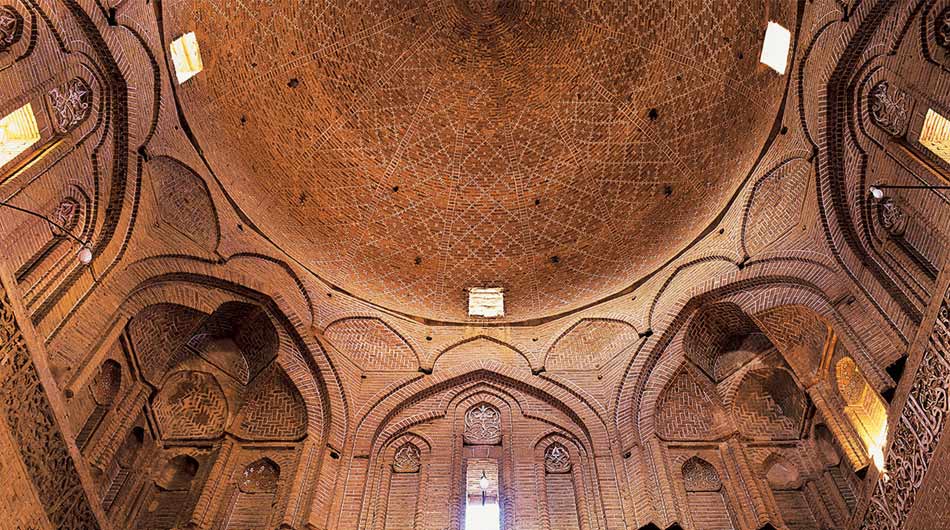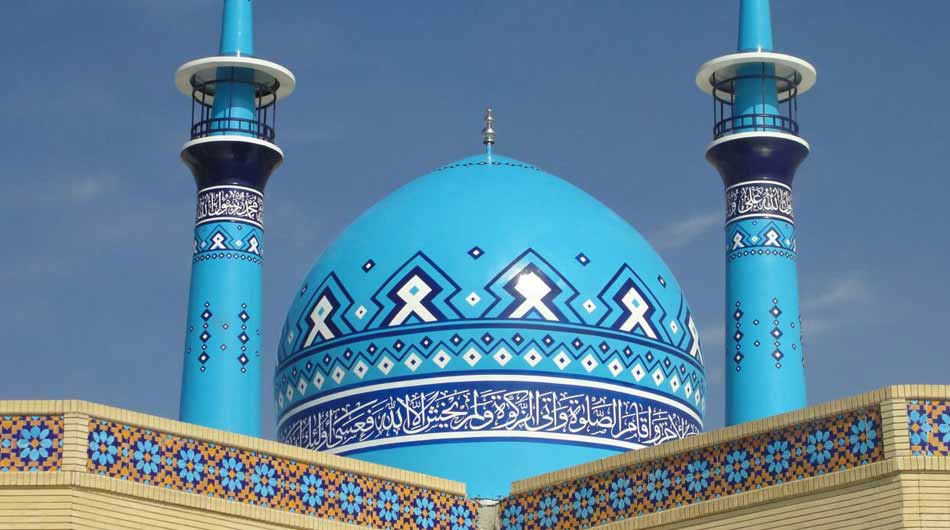The Design and Aesthetics of Iranian Mosques and Structures
The design and aesthetics of Iranian mosques and structures are a testament to the skill, creativity, and spiritual devotion of Iranian architects and artisans. These buildings are more than just places of worship; they are works of art that reflect the cultural and religious heritage of Iran. The geometric precision, intricate decorative elements, and thoughtful use of light all contribute to the unique beauty of these structures. As such, Iranian mosques and structures continue to inspire and captivate people from all over the world, serving as a reminder of the rich artistic and architectural legacy of Iran.
Iran, with its rich history and diverse cultural heritage, is home to some of the most stunning architectural masterpieces in the Islamic world. The design and aesthetics of Iranian mosques and structures have captivated the imagination of architects, historians, and travelers for centuries. These buildings are not only places of worship but also symbols of the cultural and spiritual identity of the Iranian people. The intricate designs, geometric patterns, and vibrant colors that adorn these structures reflect the artistic ingenuity and deep spiritual devotion that has characterized Iranian architecture for over a millennium.
Historical Background
The architectural heritage of Iran dates back to the ancient civilizations that flourished in the region long before the advent of Islam. However, it was during the Islamic period that Iranian architecture reached its zenith. The arrival of Islam in the 7th century brought about significant changes in the design and function of buildings. Mosques became the focal points of cities and towns, serving not only as places of worship but also as centers of learning and community gatherings.
Iranian architects, influenced by the Persian art of building and Islamic principles, began to develop a unique architectural style that blended elements of pre-Islamic traditions with Islamic aesthetics. This fusion gave rise to a distinctive architectural language that is immediately recognizable and admired for its beauty and harmony.
Geometric Precision and Symmetry
One of the most striking features of Iranian mosques and structures is their geometric precision and symmetry. Iranian architects were masters of geometry, and this is evident in the meticulous planning and execution of their designs. The use of geometric shapes, such as circles, squares, and octagons, is a hallmark of Iranian architecture. These shapes are often combined to create complex patterns that cover entire surfaces, from the floors to the ceilings.
The symmetry of Iranian mosques is not only a testament to the technical skill of the architects but also a reflection of the Islamic belief in the unity and order of the universe. The central dome, a common feature in many Iranian mosques, serves as a symbolic representation of the heavens, while the surrounding structures are arranged in a harmonious and balanced manner.
Decorative Elements
The decorative elements of Iranian mosques are among the most elaborate and intricate in the world. The use of tiles, calligraphy, and stucco work to adorn the walls, ceilings, and minarets of these buildings is a defining characteristic of Iranian architecture.
Tilework: The art of tile-making reached its peak during the Safavid period (16th-18th centuries), and many of the most famous Iranian mosques, such as the Shah Mosque in Isfahan, are covered in exquisite tilework. These tiles are often arranged in intricate patterns that include floral motifs, arabesques, and geometric designs. The colors used in these tiles, particularly the deep blues and turquoise, are symbolic of the heavens and the divine.
Calligraphy: Islamic calligraphy is another essential element in the decoration of Iranian mosques. Verses from the Quran are meticulously inscribed on the walls, domes, and arches of these buildings, often in a stylized script known as Kufic or Naskh. This calligraphy not only serves a decorative purpose but also reinforces the spiritual significance of the space.
Stucco and Muqarnas: The use of stucco work and muqarnas (a form of ornamented vaulting) is another characteristic feature of Iranian mosque architecture. Stucco, a type of plaster, is often used to create intricate reliefs on the walls and ceilings. Muqarnas, on the other hand, is a complex three-dimensional decoration that resembles a honeycomb and is often used to adorn domes and arches. These elements add depth and texture to the interiors of the mosques, creating a sense of movement and fluidity.
The Role of Light
Light plays a crucial role in the design and aesthetics of Iranian mosques. Architects carefully considered the placement of windows, openings, and the use of reflective surfaces to create a dynamic interplay of light and shadow within the spaces. The central dome, with its often elaborate muqarnas or stalactite-like decorations, is designed to capture and diffuse natural light, creating a mesmerizing effect that enhances the spiritual atmosphere of the mosque.
Stained glass windows, known as “orosi,” are another feature of Iranian mosques that contribute to the play of light. These windows are often made of colored glass arranged in intricate patterns that cast a kaleidoscope of colors onto the interior surfaces. The use of light in this way not only highlights the architectural details but also creates a sense of transcendence and connection to the divine.
Tags:Adventure holidays, aesthetics, Best time to travel to iran, best tour operator iran, Cultural sites of Iran, Culture of Iranian People, design Iranian mosques, Economy of Travel, Holiday in Iran, Iran, Iran Architectural, iran attractions, Iran country, Iran cultural, iran destinations, Iran enriching experience, Iran sightseeing tours, iran Solo trip, iran tour, Iran tour packages, iran tourist attractions, Iran travel agency, iran travel expenses, Iran Travel Guide, Iran Travel Tips, Iranian culture, Iranian mosques, must-visit Iran, persia tour, Persian miniature painting, Surfing In Iran, top tourist destinations, travel to iran, Traveling to Iran, travelling to iran, trip to iran, vacation packages, visit iran, درناگشت




